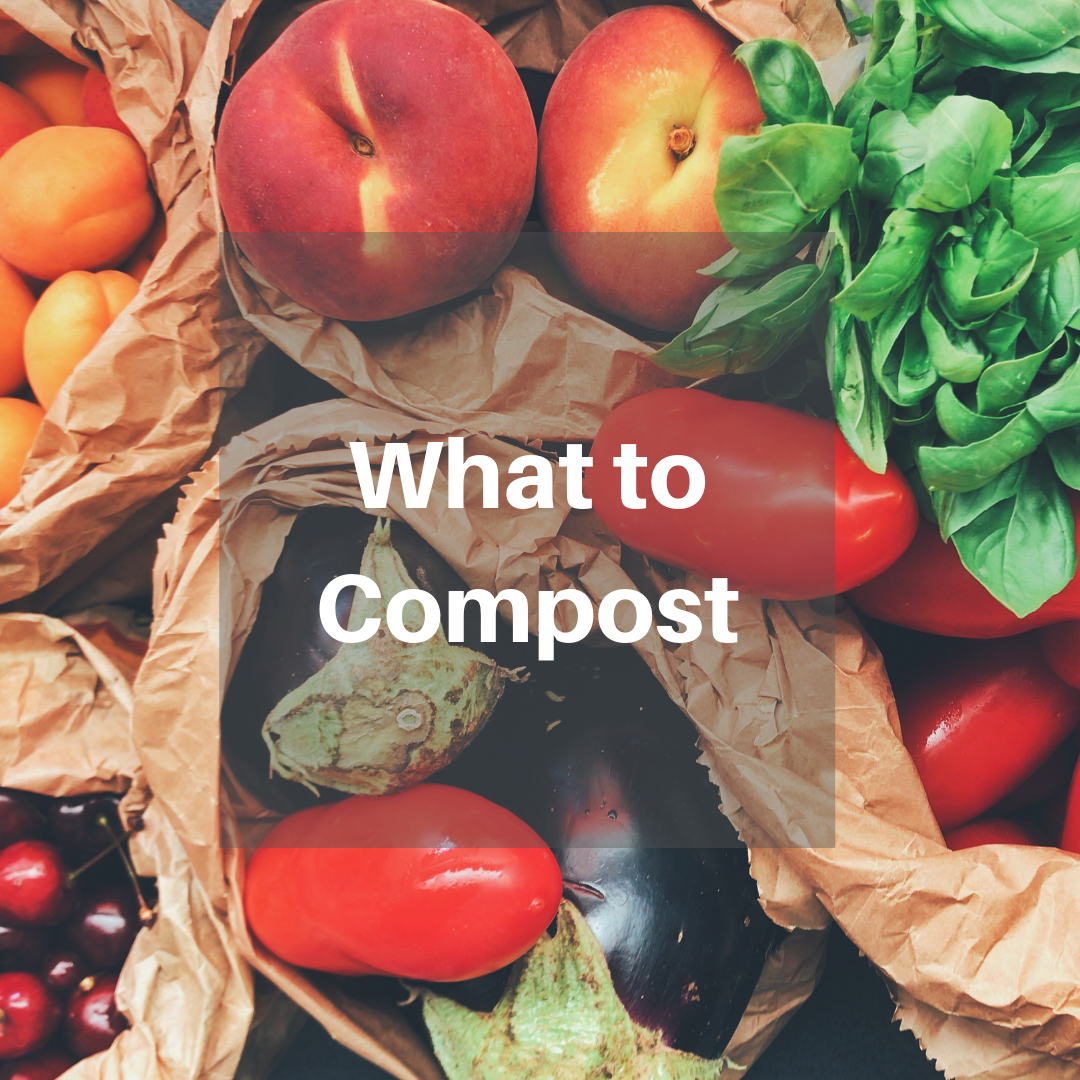What to Compost
We know that after the last blog, you ran right outside, found the spot for your compost pile and cleared out the area. You are ready to compost everything in sight! But what should you actually compost? We’ve got all the details here.
There are two distinct types of composting materials and they are referred to as “Greens” and “Browns”. Browns are the carbon-rich materials and Greens are the nitrogen-rich materials. Your compost pile needs to have a ratio of 2-3 parts Browns to 1 part Greens. If the ratio is off with too much Greens then the breakdown of the pile will be slow, alternatively, too much Browns will cause odor.
Let’s discuss Browns first, the primary job of the Browns is to be a food source for the soil-dwelling organisms that work with the microbes to break down the materials in your compost pile. They also add bulk to and allow air to circulate through the compost pile.
Browns would include:
· Fall leaves
· Pine needles
· Twigs, tree branches/bark but nothing too big (chipped wood is good)
· Straw or hay
· Sawdust
· Corn stalks
· Paper (newspaper, writing/printing paper, paper plates and napkins, coffee filters but nothing with a glossy coating on it)
· Plain Corrugated cardboard
. Kosmatology mailers and Bug Balm tubes
Greens are the materials that are rich in nitrogen or protein. They tend to heat up a compost pile because they help the microorganisms grow and multiply quickly. Greens consist mostly of wet or recently growing plants. Greens are usually green or came from a plant that was green at one time. There are exceptions to this rule, such as egg shells.
Greens would include:
· Grass clippings
· Coffee grounds/tea bags
· Vegetable and fruit scraps
· Trimmings from plants
· Annual weeds that haven't gone to seed
· Eggshells (crush first)
Follow these rules, make sure your ratios are correct and watch your pile… decompose! We wish you success in your endeavors to help the Earth and hope we have inspired you to give composting a try! If you have any questions or comments, please leave them below!





